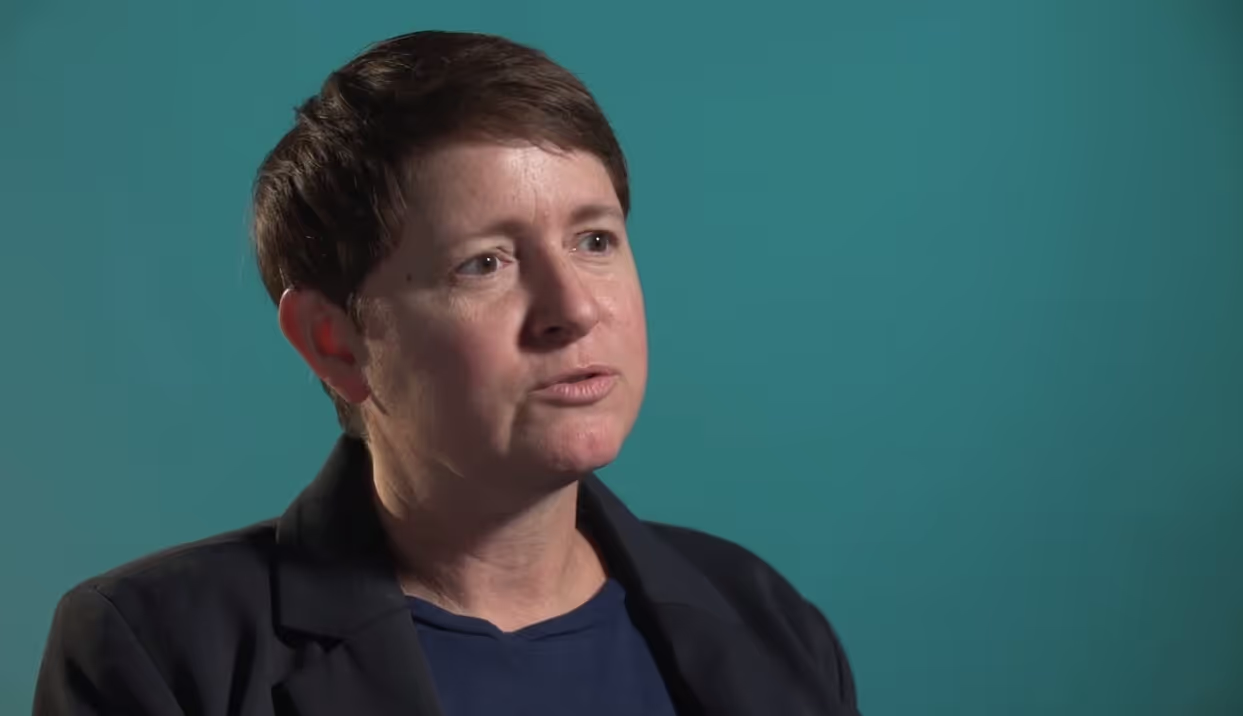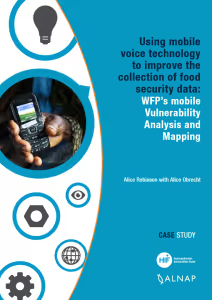Using mobile voice technology to improve the collection of food security data: WFP’s mobile Vulnerability Analysis and Mapping


This case study explores the innovation process undertaken by the World Food Programme (WFP) to apply mobile voice technologies to food security data collection. Mobile Vulnerability Analysis and Mapping (mVAM) is a rapidly expanding programme integrating mobile technologies, including SMS, Interactive Voice Response (IVR) and live calls, into WFP’s established food security monitoring systems.
This is one of 15 case studies undertaken by ALNAP in partnership with Elrha’s Humanitarian Innovation Fund (HIF), exploring the dynamics of successful innovation processes in humanitarian action. The case studies examine what good practice in humanitarian innovation looks like, what approaches and tools organisations have used to innovate in the humanitarian system, what the barriers to innovation are for individual organisations, and how they can be overcome. The case studies are synthesised in the summary report, ‘More than just luck: Innovations in humanitarian action‘.